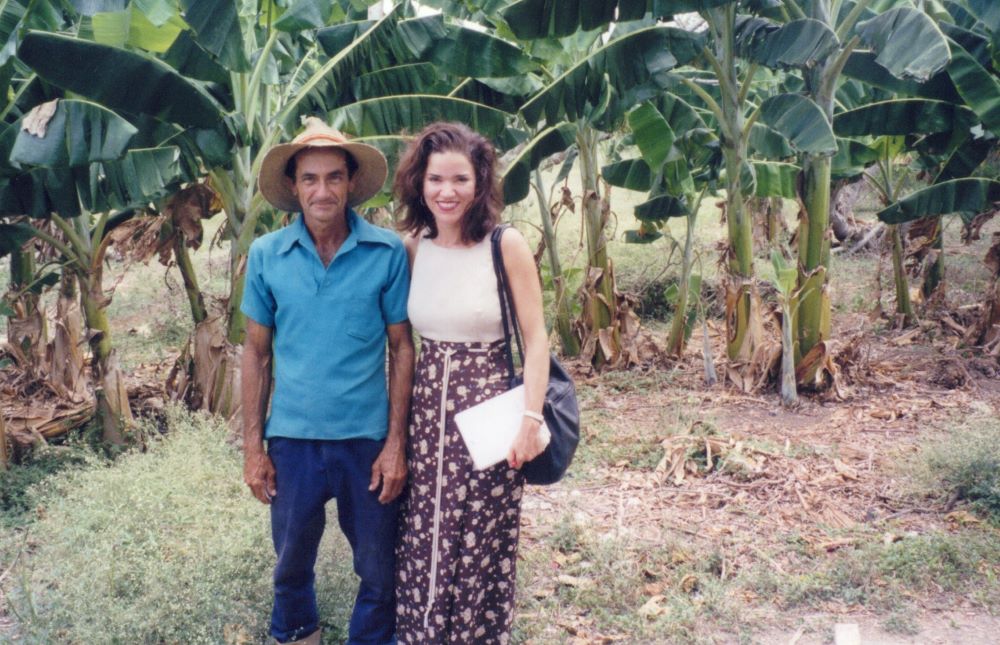In June 2001, my students and I visited El Ingenio Carolina, a sugar plantation founded in 1835 by slave-owner and foreign investor William Hood Clemens. Fancying the use of an enslaved labor force a premier example of American ingenuity, Hood relied on homing pigeons to transmit and receive messages to his slave-drivers in the sugar fields. According to Cubans who still resided in the local batey [plantation village alongside the slave barracks], the palatial loft where the pigeons roosted and bred was not designed by Hood, however. It was the work of an enslaved master mason who used the still recognizable oval-shaped sardine can as a mold! While the rest of the plantation stands in ruins, the anonymous craftsman’s work remains a monument to the ingenuity of those whose names and strength history has silenced. It was also a clear source of pride for Carolina’s resident guardians of the past, who dropped their chores and took time out to lead us to the loft and then on a tour that included the haunting, giant gears of the mill’s once cutting-edge machine technology. Province of Cienfuegos, June 2001.



